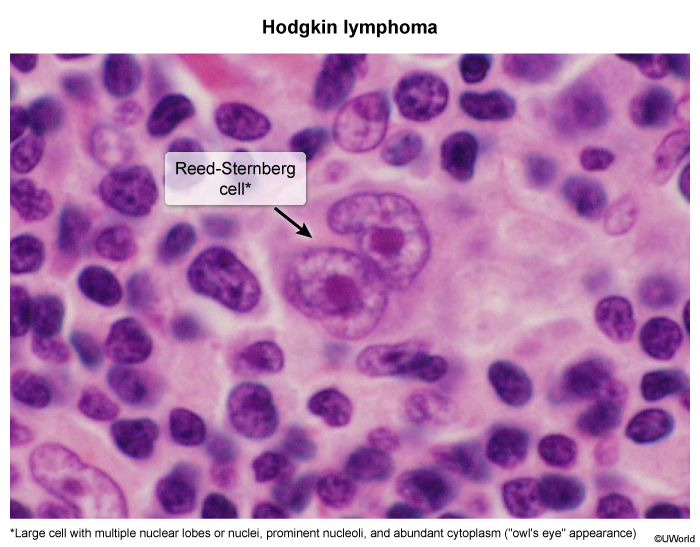Non-Hodgkin Lymphoma
Article Sections
Introduction
Lymphomas are a diverse group of lymphoid (ie, arising from a cell committed to the B, T, or [rarely] natural killer [NK] cell lineage) neoplasms that most commonly present as a mass within lymphatic tissue (eg, lymph nodes, thymus). More than 60 subtypes of lymphomas exist, and they can be categorized according to the cell of origin (eg, B, T, NK) and stage of maturation (eg, precursor, mature).
Lymphomas can also be classified as non-Hodgkin lymphoma (NHL), which comprises the majority of lymphoma subtypes, or Hodgkin lymphoma (HL). NHL can be distinguished from HL by:
- Lack of Reed-Sternberg cells (characteristic malignant cell in HL) (Image 1)
- Unpredictable disease progression: Malignant cells in HL arise from a single chain of lymph nodes and spread contiguously via lymphatic channels, resulting in predictable disease progression from one node group to the next. In contrast, malignant cells in NHL spread systemically via the bloodstream, resulting in unpredictable disease progression.
Continue Learning with UWorld
Get the full Non-Hodgkin Lymphoma article plus rich visuals, real-world cases, and in-depth insights from medical experts, all available through the UWorld Medical Library.
Figures
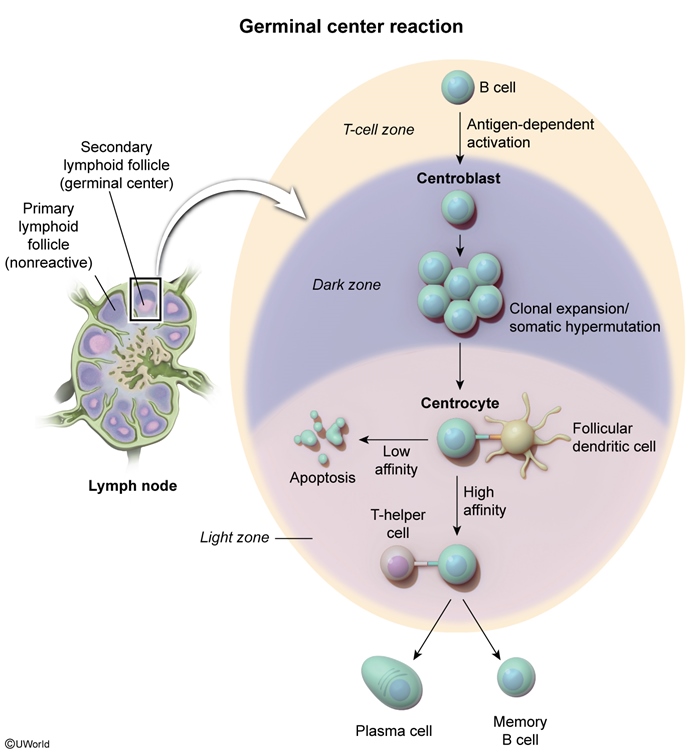
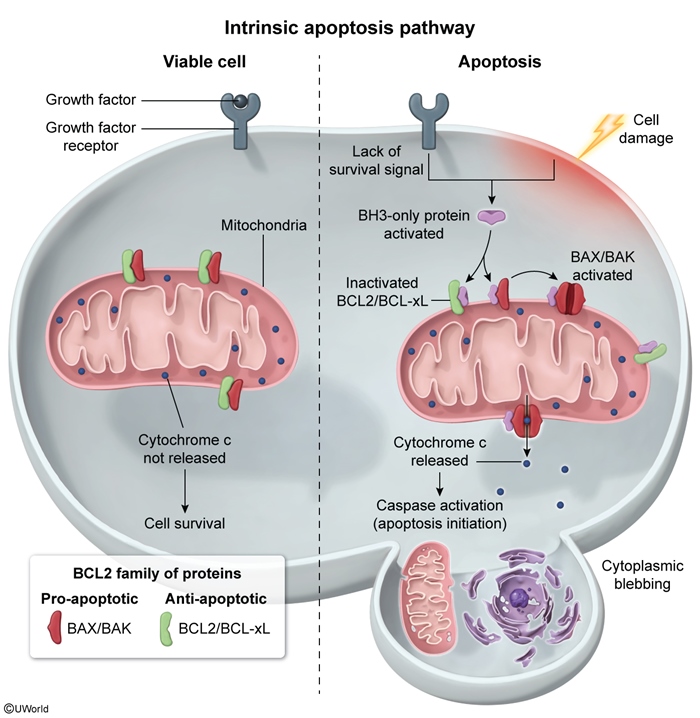
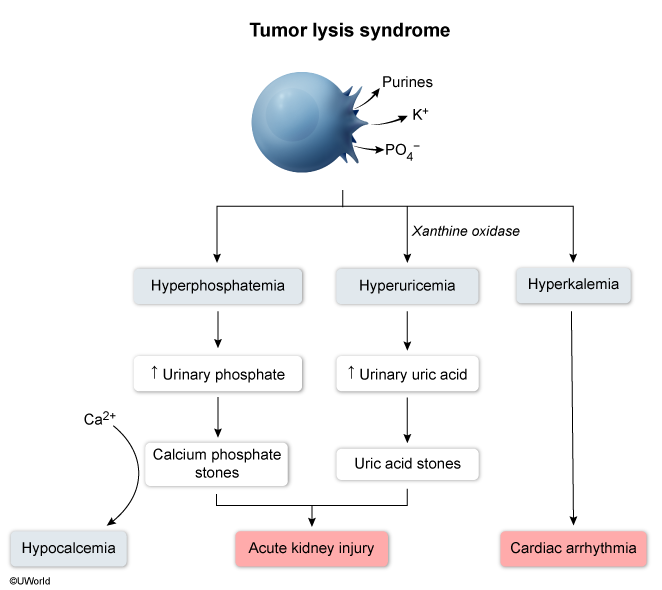
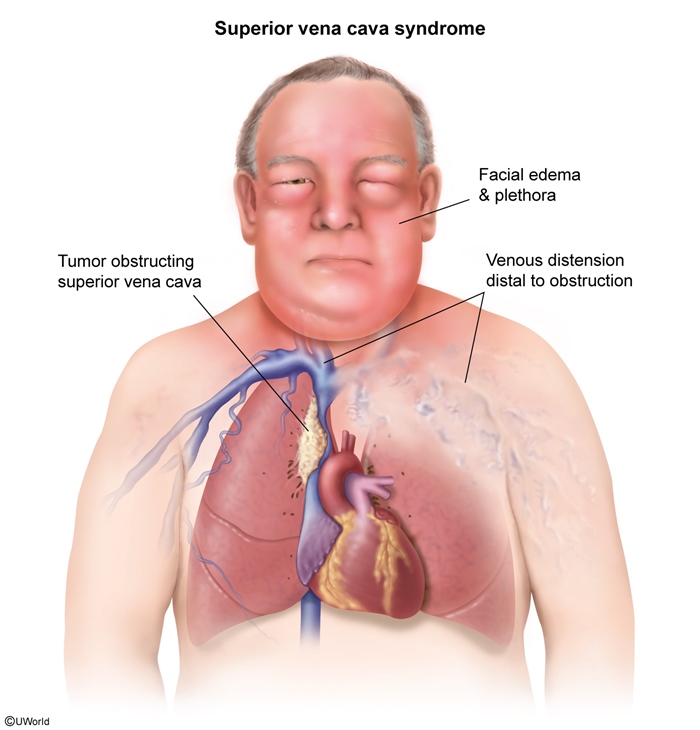
Images
